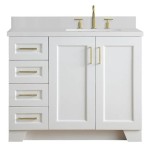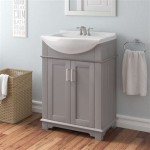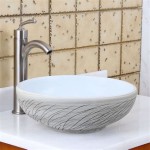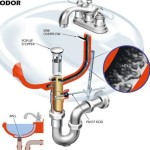Understanding Bathroom Sink Plug Parts
Bathroom sink plugs, commonly known as drain stoppers, are essential components of any bathroom sink. These devices serve a simple yet vital function – to control the flow of water in and out of the sink basin. While the basic mechanism might seem straightforward, there are various parts that contribute to the smooth operation of a bathroom sink plug. Understanding these parts not only facilitates effective use but also aids in troubleshooting any potential issues.
Types of Bathroom Sink Plugs
Bathroom sink plugs come in two primary types: lift-and-turn plugs and push-up plugs. Each type employs a different mechanism for controlling water flow.
Lift-and-turn plugs, also known as pop-up plugs, are typically found in older sinks. These plugs feature a small rod or lever that is lifted and turned to open or close the drain. The rod is connected to the plug via a chain and spring mechanism. When the rod is lifted and turned, the spring retracts, allowing the plug to rise and seal the drain. Conversely, pushing the rod down and turning it releases the spring, allowing the plug to drop back into the drain opening.
Push-up plugs, on the other hand, are more prevalent in modern sinks. These plugs rely on a simple push-and-release mechanism. Pressing down on the plug opens the drain, while releasing the pressure allows the plug to return to its closed position, sealing the drain. Push-up plugs often feature a spring-loaded mechanism that assists in the plug's return to the closed position.
Anatomy of a Bathroom Sink Plug
Regardless of the type, a bathroom sink plug typically comprises several key components:
1. Plug: This is the visible part of the plug that sits in the drain opening. It is usually constructed from metal, plastic, or a combination of both. The plug is responsible for physically blocking the drain opening, preventing water from escaping.
2. Linkage Mechanism: This refers to the internal mechanism that connects the plug to the external control (rod or push-button). In lift-and-turn plugs, the linkage mechanism consists of a chain and spring, while push-up plugs employ a spring-loaded mechanism. This linkage ensures that the plug moves in sync with the control mechanism.
3. Control Mechanism: This is the part that users interact with to control the flow of water. It can be a rod, a lever, or a push-button depending on the plug type. The control mechanism activates the linkage, causing the plug to rise or fall to open or close the drain.
4. Drain Body: This is the part of the sink that houses the plug and the linkage mechanism. It typically includes a threaded opening for securing the plug and providing a pathway for the linkage to operate.
5. Overflow Mechanism: This additional component is optional but frequently found in bathroom sinks. It serves as a safety feature, preventing the sink from overflowing. The overflow mechanism typically includes a small hole in the sink basin and a tube that connects to the drain. When the sink fills beyond a certain point, water flows out through the overflow mechanism, preventing damage to the sink and surrounding areas.
Troubleshooting Common Bathroom Sink Plug Problems
Understanding the parts of a bathroom sink plug is crucial for troubleshooting common problems. Here are some typical issues and their potential causes:
1. Plug Won't Close: This could be due to a worn-out spring in the linkage mechanism or a damaged plug itself. Replacing the spring or plug might be necessary.
2. Plug Won't Open: A blocked drain, a broken chain or spring, or a stuck plug could be the culprit. Clearing the drain, replacing the chain or spring, or dislodging the plug might resolve the issue.
3. Slow Drain: This is often caused by hair or debris accumulating in the drain. Regularly cleaning the drain using a drain snake or other cleaning tools is recommended.
4. Leaking Plug: Worn-out seals or a damaged plug can lead to leaks. Replacing the seals or the plug itself might be needed.
By carefully examining the parts of a bathroom sink plug and understanding their functions, you can often diagnose and address common problems with ease. Remember to consult a plumber for more complex issues or when unsure about the cause or solution.

Parts Of A Sink The Home Depot

Bathroom Sink Popup And Stopper Problems

Parts Of A Sink The Home Depot

Bathroom Sink Pop Up Stopper Parts Diagram Drain Plug

Pop Up Lift Turn Pull Out Stopper Bathroom Sink Drains

Clean Adjust Replace Sink Pop Up Stopper Bathroom Drain Install

Vigo Vessel Bathroom Sink Pop Up Drain And Mounting Ring

Parts Of A Sink The Home Depot

Pop Up Lift Turn Pull Out Stopper Bathroom Sink Drains

20 Bathroom Sink Drain Parts How They Works Stopper Plumbing
Related Posts







